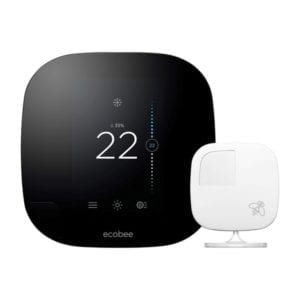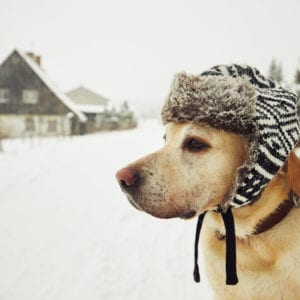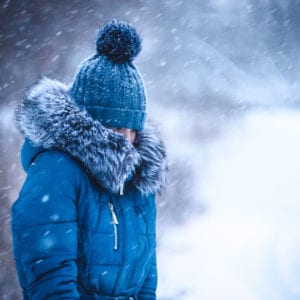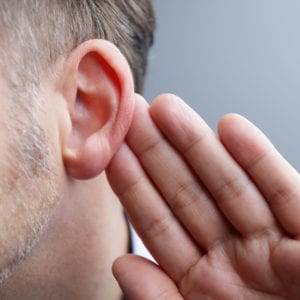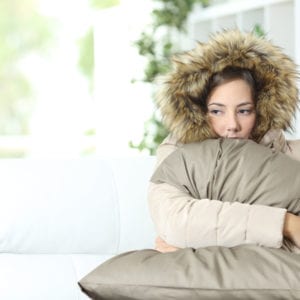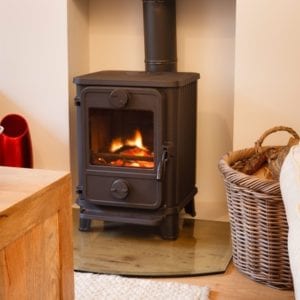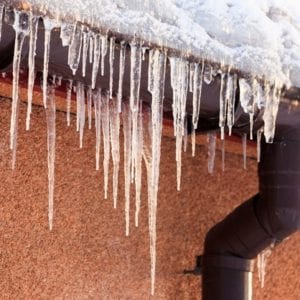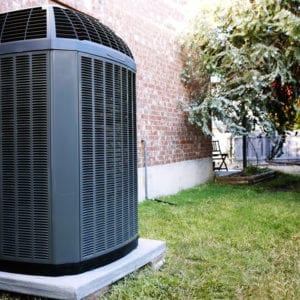5 ecobee Smart Thermostat Features You’re Missing Out On
Time flies! It seems like just yesterday that we first got our hands on the ecobee3 smart thermostat. Now, the Toronto-based company behind the ingenious technology is rolling out the ecobee4 in Canada. This next-generation device improves on its predecessors and comes fully-equipped with Amazon’s digital assistant, Alexa.
If you haven’t seen an ecobee smart thermostat in action, you’re missing out. There’s a lot you can do with an ecobee beyond setting the temperature. Read on to learn a few of the top ecobee smart thermostat features we’ve seen over the years — and the best way to install one.
1. It Can Be in Two Places at Once
Most thermostats only read the temperature in one place: the vicinity surrounding the device itself. It works, but it’s not ideal. After all, the temperature can vary from one room to the next.
The ecobee3 and ecobee4 have a novel solution to this problem. The thermostat pairs with small, wireless sensors that can read the temperature in other rooms. The sensors also act as motion detectors, allowing ecobee to ensure the room you occupy is always at the right temperature.
Essentially, it’s like ecobee can be in two (or more) places at once!
2. It Watches the House While You’re Away
Worried about the temperature dropping too low or rising too high? You can set the device to notify you by email or text message when the temperature passes a certain threshold. The same goes for the level of humidity in the home.
This feature lets you keep track of what’s happening inside the house while you’re away. If you’re vacationing over the winter, for instance, you can ensure the temperature doesn’t drop to the point where you risk the pipes freezing. In the summer, you’ll know if the air conditioning stops working while you’re at work.
3. It Follows Your Routine
It’s usually unnecessary to run the furnace or air conditioning at full capacity 24/7. Powering down when you’re asleep or out of the house is one of the best ways to save energy. But switching the thermostat on or off manually is inconvenient, and many people don’t take advantage of a programmable thermostat’s energy-saving potential.
The ecobee has a fix for this. You can create three separate heating or cooling profiles: Home, Away, and Sleep. If you work from 9 to 5, for example, you can set the thermostat to Away until 5:30PM. That way, you’ll save energy while you’re gone and still arrive home to a comfortable temperature.
4. You Can Control It With Your Voice
The ecobee4 smart thermostat gives you the option of hands-free voice control with Amazon’s smart assistant software, Alexa. Plus, there’s no end of other cool things you can do with Alexa, from setting reminders to playing music to getting the latest weather forecast.
5. It Crunches Data to Save Energy
Ever wondered how a few degrees’ difference impacts your heating bill? The ecobee3 and ecobee4 can tell you. Using ecobee’s straightforward web interface, you can see the history of your usage in detail. It displays information graphically so you can understand changes over time.
So, what can you do with this information? For one, it can help you spot potential issues with your heating and cooling equipment. A decline in energy-efficiency is often one of the first signs of trouble with your unit. With the ecobee4, you can also ask Amazon Alexa for personalized energy-saving tips.
Installing an ecobee Smart Thermostat
Smart thermostats are powerful tools that can enable homeowners to cut their energy use by 8% or more.
However, there’s a catch:
These devices only work to their full potential when people install and use them properly.
When these ingenious devices hit the mainstream, it’s no surprise many people set their minds to buying and installing one on their own. Unfortunately, getting a smart thermostat up and running is not as easy as it looks. There’s more to installing an ecobee than re-connecting a few wires, many homeowners have found themselves stuck trying to do it themselves.
Whenever one of our technicians installs an ecobee smart thermostat, they take time to ensure the device is fully functional and train the homeowners to use it properly. We want to see people getting the most out of their ecobee.
This March only, we’re offering steep discounts on our complete package for both the ecobee3 and next-generation ecobee4 smart thermostats. That includes full installation of the device and training on how to use it. Included in all ecobee purchases is a three-year manufacturer warranty – another reason to take advantage of a great product.

